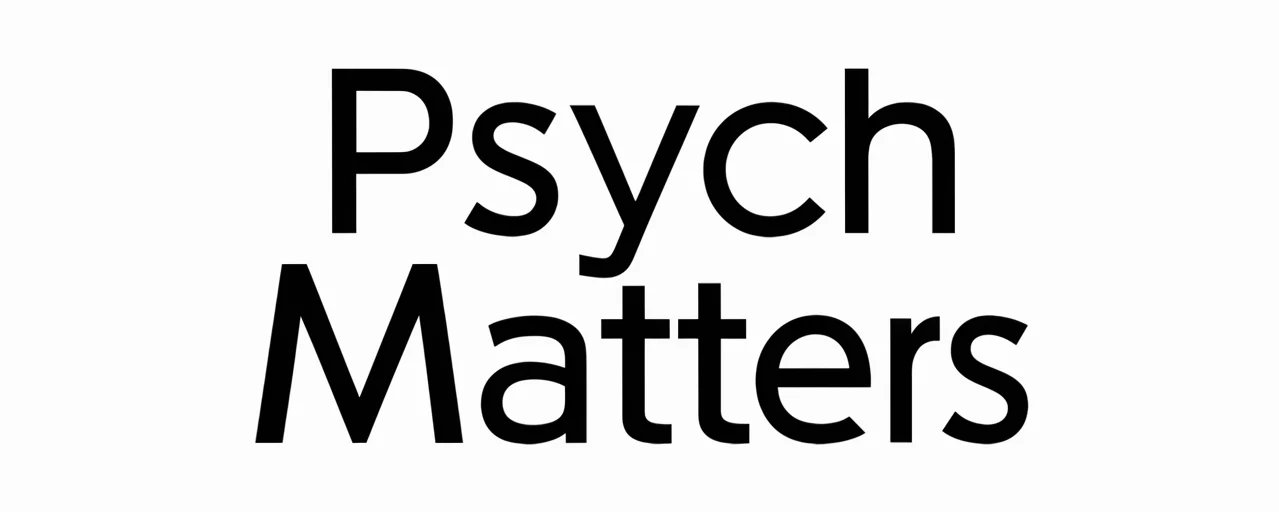Beyond Logic: The Psychology of Belief Formation and Maintenance
We like to think of ourselves as rational beings, carefully weighing evidence to arrive at logical conclusions. Yet, history and our daily lives are filled with examples of people clinging to beliefs in the face of overwhelming contradictory evidence. This raises a fundamental question: if not purely by logic, how do our convictions truly take shape? The answer lies deep within the fascinating and often counterintuitive psychology of belief formation, a process driven by cognitive shortcuts, emotional needs, and social pressures.
Understanding these underlying mechanisms is not just an academic exercise. It provides a critical lens through which we can better comprehend polarization, misinformation, and the very functioning of our own minds. This exploration will unpack the intricate architecture of how beliefs are constructed, fortified, and why they are so resistant to change.
The Belief Launchpad
Beliefs do not materialize from a vacuum. They are seeded in the fertile ground of our personal history, culture, and upbringing. From an early age, we absorb the norms, values, and worldviews of our family and community. These initial inputs form a foundational framework, a set of default assumptions about how the world works. This inherited “common sense” becomes the launching pad for countless future beliefs.

This process is accelerated by our brain’s reliance on heuristics, or mental shortcuts. To navigate a complex world without becoming paralyzed by analysis, we constantly use simplified models to make judgments. As Nobel laureate Daniel Kahneman outlined in his research, this “fast thinking” is efficient but also prone to systematic errors. A belief might form not from rigorous analysis, but because it provides a quick and seemingly plausible explanation for a personal experience or a complex event, fitting neatly into our pre-existing mental framework.
The Cognitive Foundations of Belief
Once a nascent belief takes root, a host of cognitive mechanisms work, often unconsciously, to protect and strengthen it. Our minds are less like objective scientists and more like dedicated lawyers, building a case for what we already hold to be true. The psychology of belief formation and maintenance is heavily influenced by these powerful internal biases.

Our cognitive machinery is not designed for abstract truth-seeking, but for navigating the social and physical world effectively. This priority shapes how we process information and solidify our convictions.
Several key processes are at play:
- Confirmation Bias: This is perhaps the most powerful cognitive driver of belief maintenance. Confirmation bias is the tendency to search for, interpret, favor, and recall information in a way that confirms or supports one’s prior beliefs. We instinctively consume media that validates our views, surround ourselves with like-minded people, and interpret ambiguous evidence as proof of our position. It creates a self-reinforcing feedback loop where a belief, once adopted, becomes increasingly fortified.
- Cognitive Dissonance: Proposed by psychologist Leon Festinger, this theory describes the mental discomfort experienced when holding two or more contradictory beliefs or when our beliefs conflict with our behaviors. To resolve this dissonance, we must change something. It is often easier to rationalize our behavior or discredit the conflicting information than to change a core belief. For instance, a person who believes they are environmentally conscious but buys a gas-guzzling car might reduce their dissonance by over-emphasizing the car’s safety features or downplaying its environmental impact, thereby protecting their self-concept.
- Motivated Reasoning: This concept goes a step further than confirmation bias. With motivated reasoning, our underlying motivations and desires actively shape our entire reasoning process. We don’t just passively favor supporting evidence; we actively work to arrive at a specific, desired conclusion. This explains why two people can look at the exact same data and, by emphasizing different parts and applying different standards of evidence, arrive at opposite conclusions that align with their political or social identities.
Social Dynamics: Beliefs in a Community Context
Beliefs are rarely a purely individual affair. They are profoundly social, serving as the glue that binds groups together and signals who is “in” and who is “out.” Our need to belong is a fundamental human drive, and sharing beliefs is a primary way we fulfill it.

The principle of social proof demonstrates that we often determine what is correct by finding out what other people think is correct. When we see a belief widely held, especially within our own social circle, we are more likely to accept it as valid. This is amplified in the modern era of social media, where echo chambers and filter bubbles can create an illusion of a broad consensus, making a belief seem far more mainstream than it actually is. Adopting the group’s beliefs solidifies our identity within that tribe, providing a sense of security and belonging. Conversely, challenging those beliefs risks social alienation, a powerful deterrent to changing one’s mind.
Emotional Anchors: Feelings Over Facts
Logic is often a passenger, while emotions are in the driver’s seat. Beliefs that are tied to strong emotions are particularly resilient because they are not just ideas; they are integral parts of our emotional landscape.

Emotional reasoning is the cognitive process by which a person concludes that their emotional reaction to an event proves the event is true. “If I feel this anxious about flying, it must be dangerous,” or “This policy makes me angry, so it must be wrong.” The feeling itself is treated as evidence. Furthermore, many beliefs serve a crucial emotional function by helping us manage fear and uncertainty. A belief in a just world, for example, can be a comforting balm against the reality of random tragedy. Such beliefs are not held because of the evidence supporting them, but because of the emotional stability they provide.
Challenging and Changing Beliefs
Given these deep cognitive, social, and emotional roots, it is no surprise that changing beliefs is an incredibly difficult task. In fact, a direct factual assault on a cherished belief can trigger a defensive reaction known as the backfire effect. Research in this area suggests that when presented with facts that contradict their worldview, some individuals may reject the evidence and emerge with their original belief even more strengthened.

Effective change is therefore less about presenting a list of counter-facts and more about understanding the underlying function of the belief. Strategies that show more promise include:
- Building rapport and establishing trust.
- Appealing to other, more deeply held values.
- Using the Socratic method of asking probing questions to encourage self-reflection.
- Framing information in a way that does not trigger a threat to someone’s identity.
This process is slow and requires empathy, recognizing that you are not just challenging a fact, but a piece of someone’s identity and emotional security.
Beyond Belief: The Final Reflection
The architecture of belief is far more complex and fascinating than a simple input-output model of logic. Our convictions are a rich tapestry woven from cognitive shortcuts, social identity, and deep-seated emotional needs. They provide us with meaning, community, and a framework for navigating the world. Recognizing the powerful, non-logical forces at play is the first step toward greater intellectual humility. It allows for more productive conversations, a better understanding of others, and a more critical examination of our own most cherished assumptions.
Key Takeaways
- Beliefs are not a product of pure logic. They form through a combination of personal experience, cognitive biases, social influence, and emotional needs.
- Your brain is a belief-defense system. Cognitive biases like confirmation bias and motivated reasoning work unconsciously to protect and strengthen your existing beliefs.
- Beliefs are social currency. We often adopt and maintain beliefs to signal our identity and cement our place within a social group.
- Feelings often trump facts. Beliefs that provide emotional comfort or help manage fear are highly resistant to factual correction.
- Changing minds requires more than evidence. Directly confronting a core belief can backfire. Effective persuasion involves empathy, trust, and encouraging self-reflection rather than simply presenting counter-arguments.







